

We’re here to help! Visit our Help Center to get answers to most frequently asked questions. If you still can’t find what you’re looking for, Contact Us to connect with a team member for assistance.
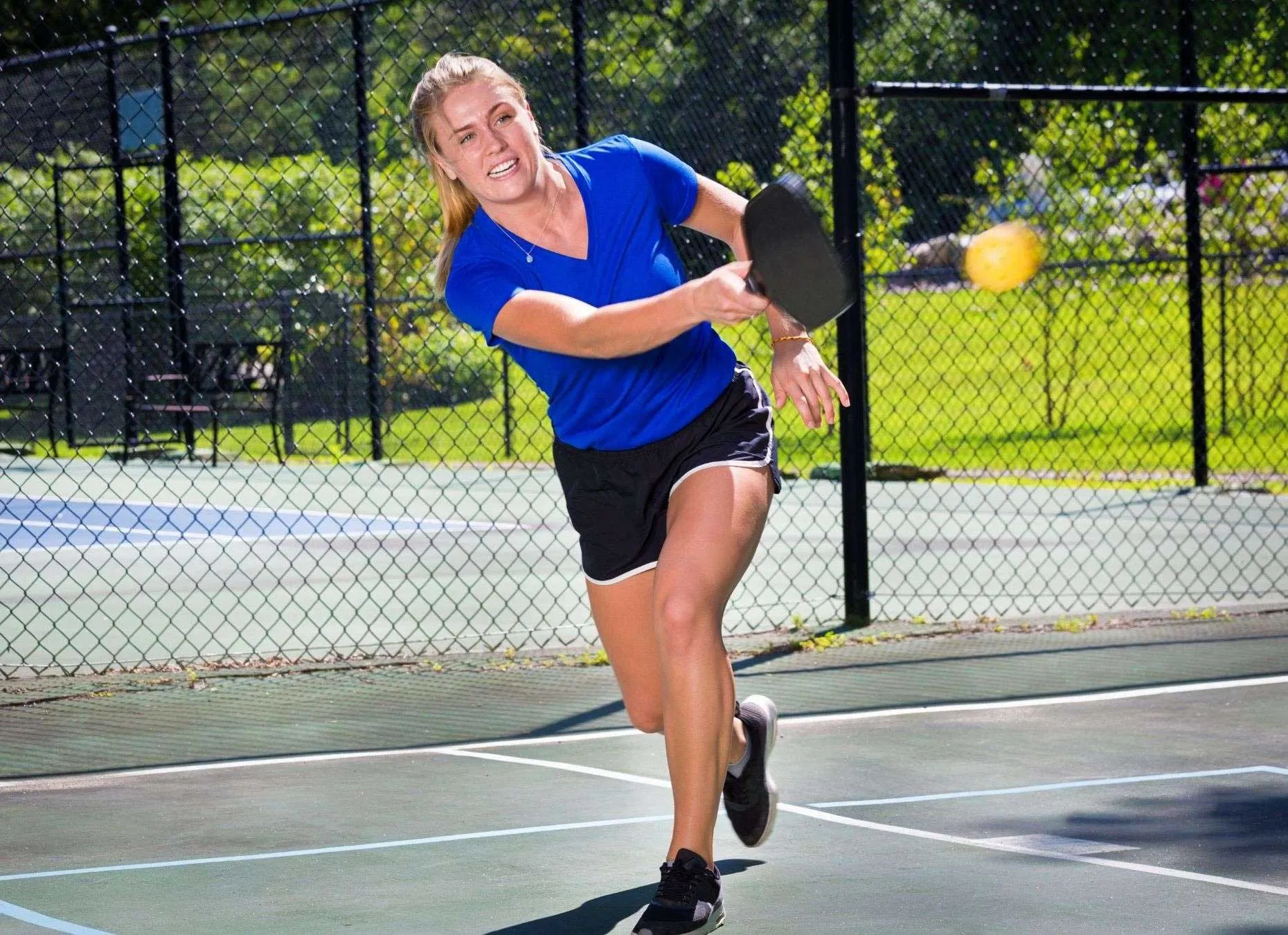
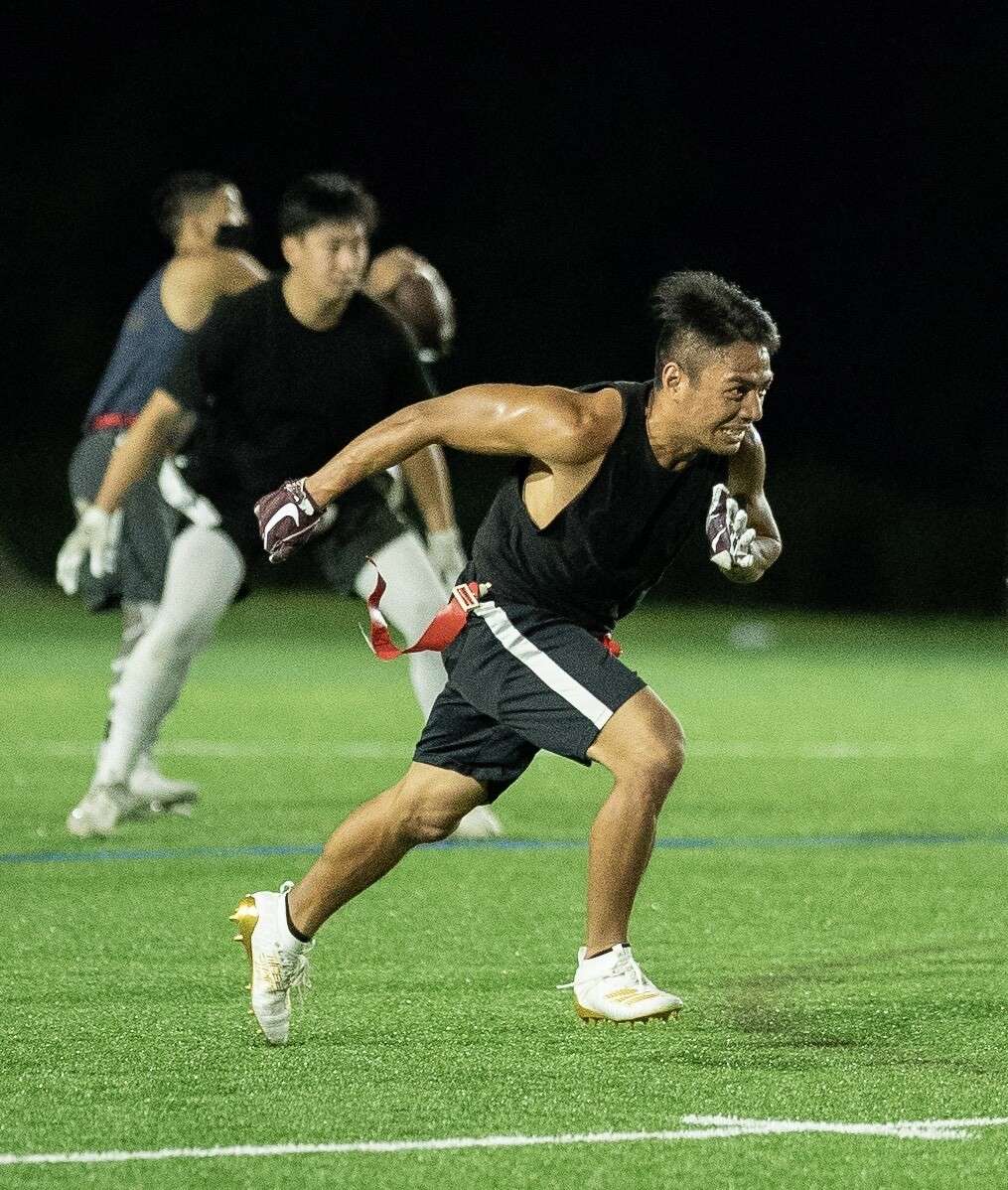
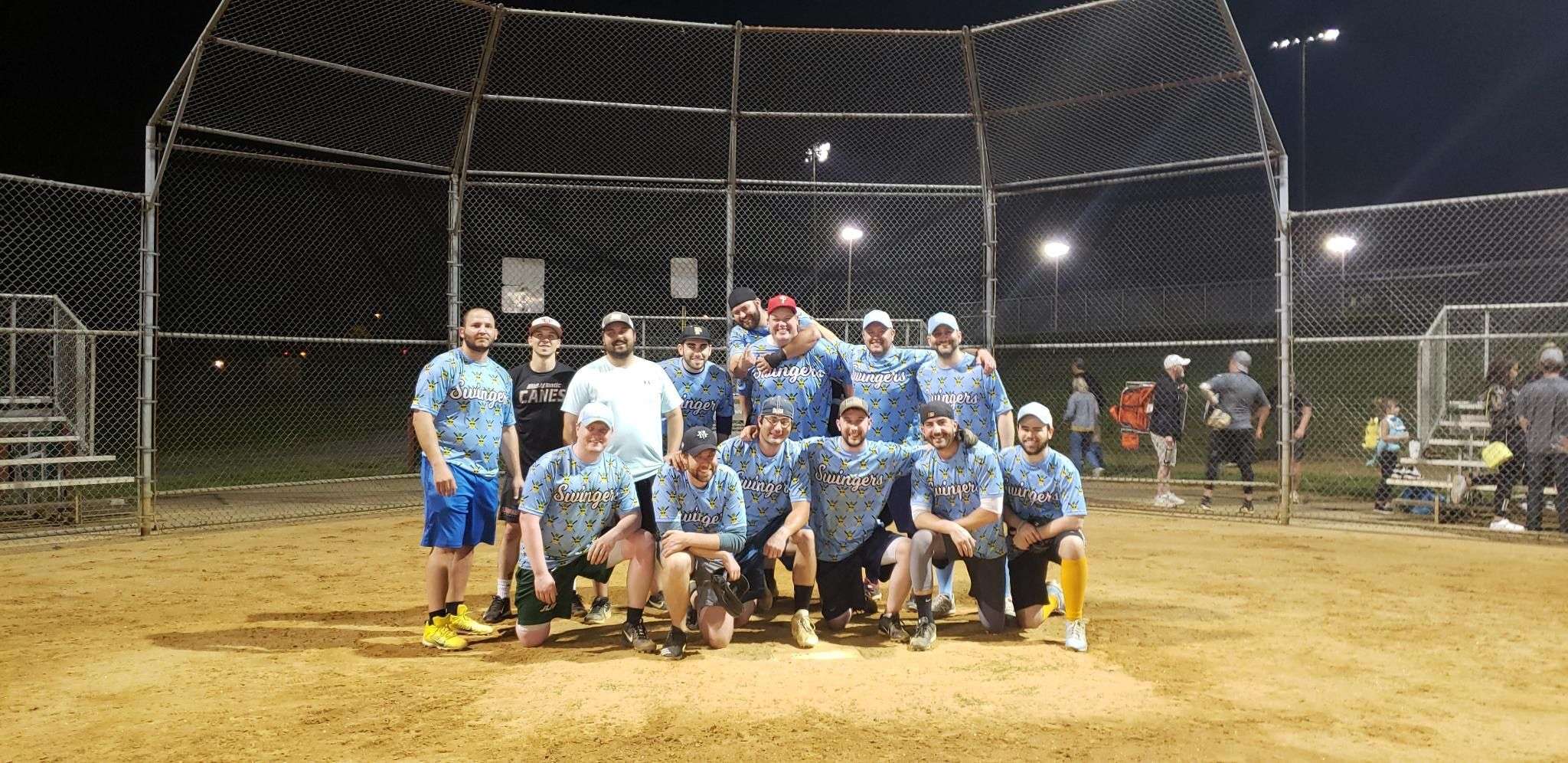
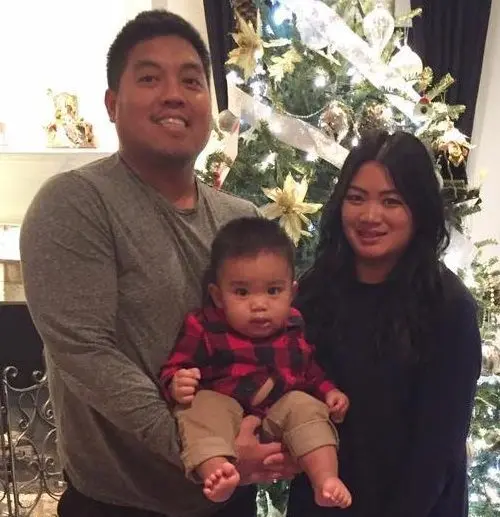
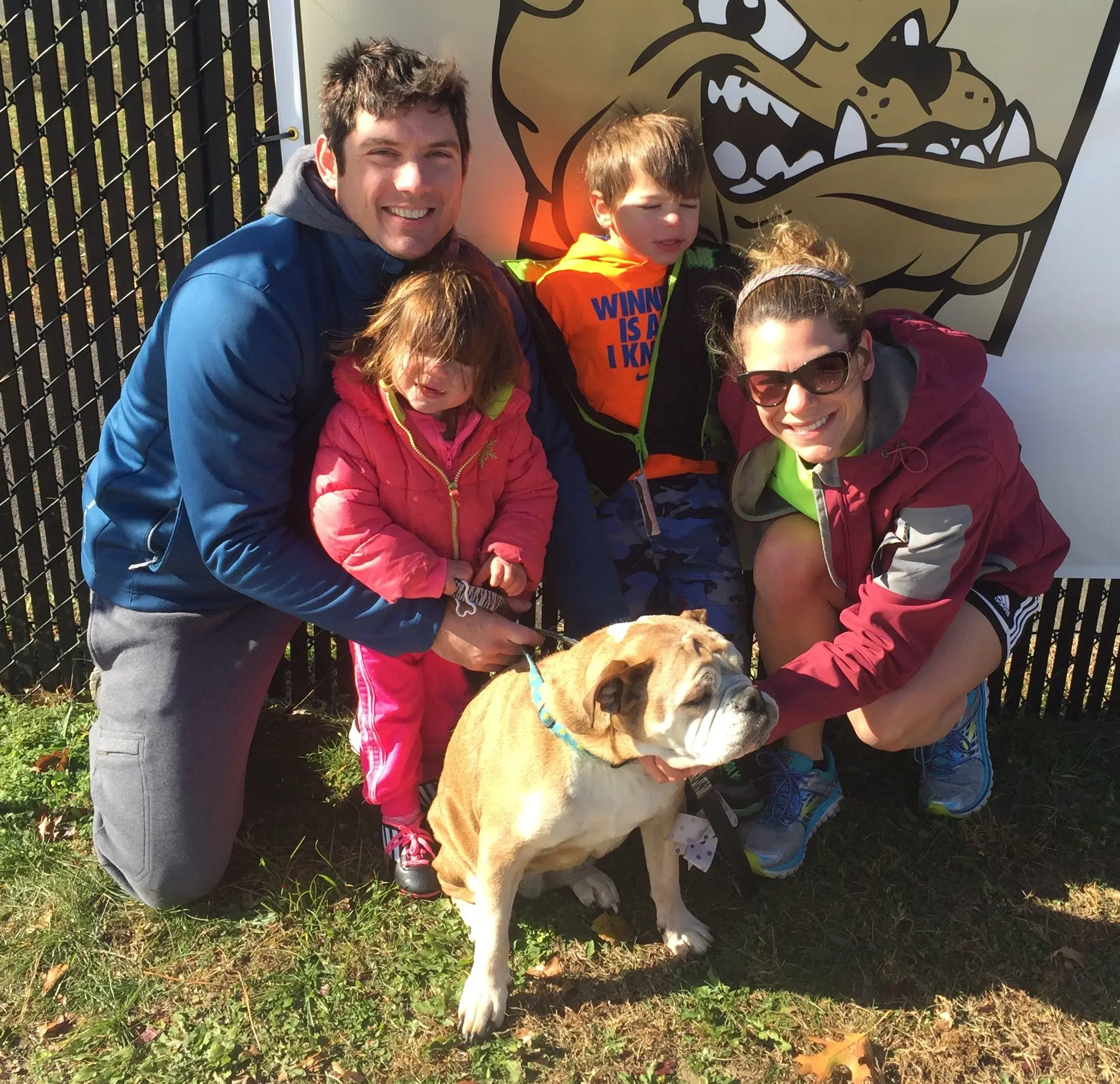
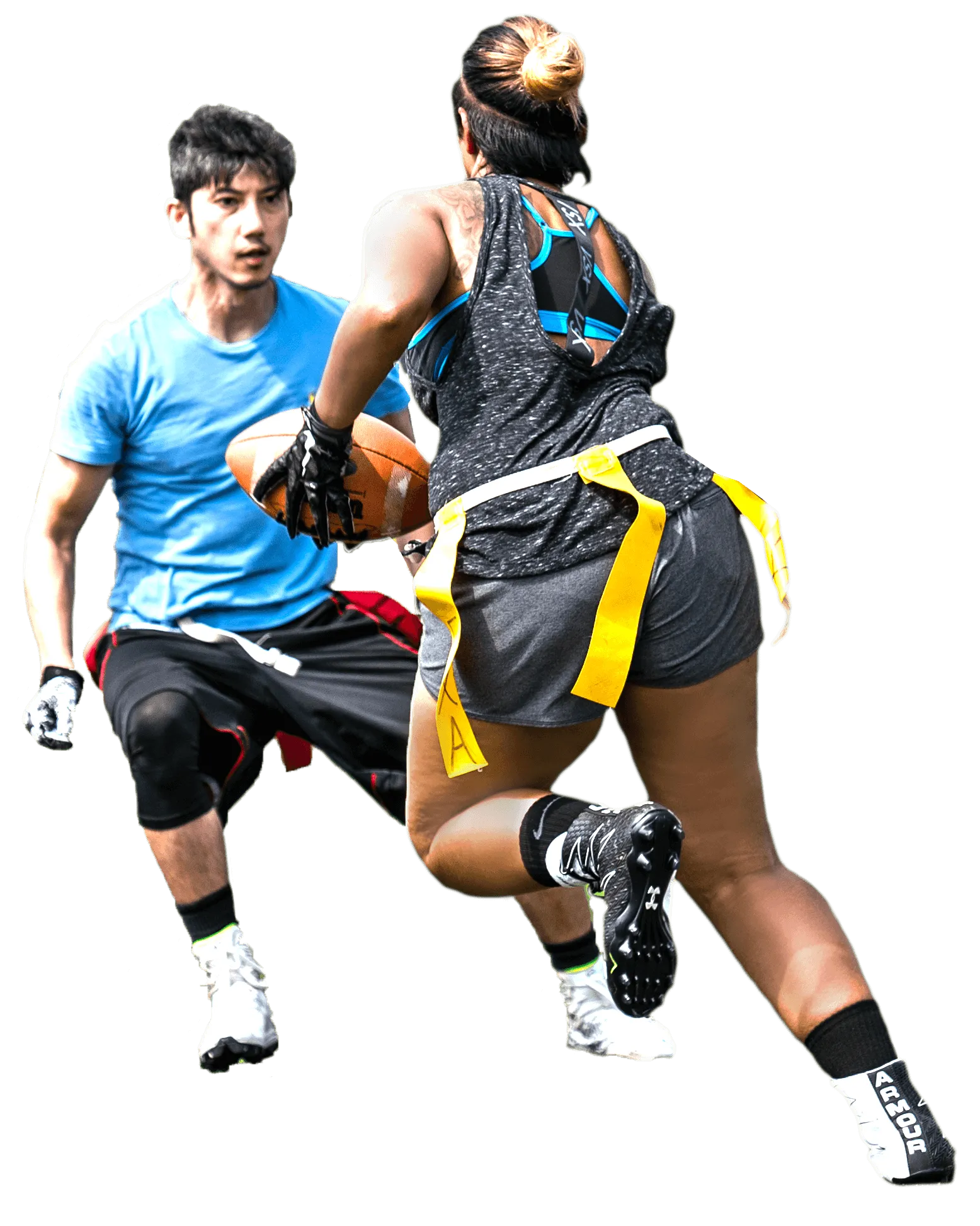
Get involved with the sport you love. Become an FXA Official at one of our sports leagues.
Treat your employees to a team building event. Build comradery and get your office active!
Find out about upcoming leagues, tournaments and social events!